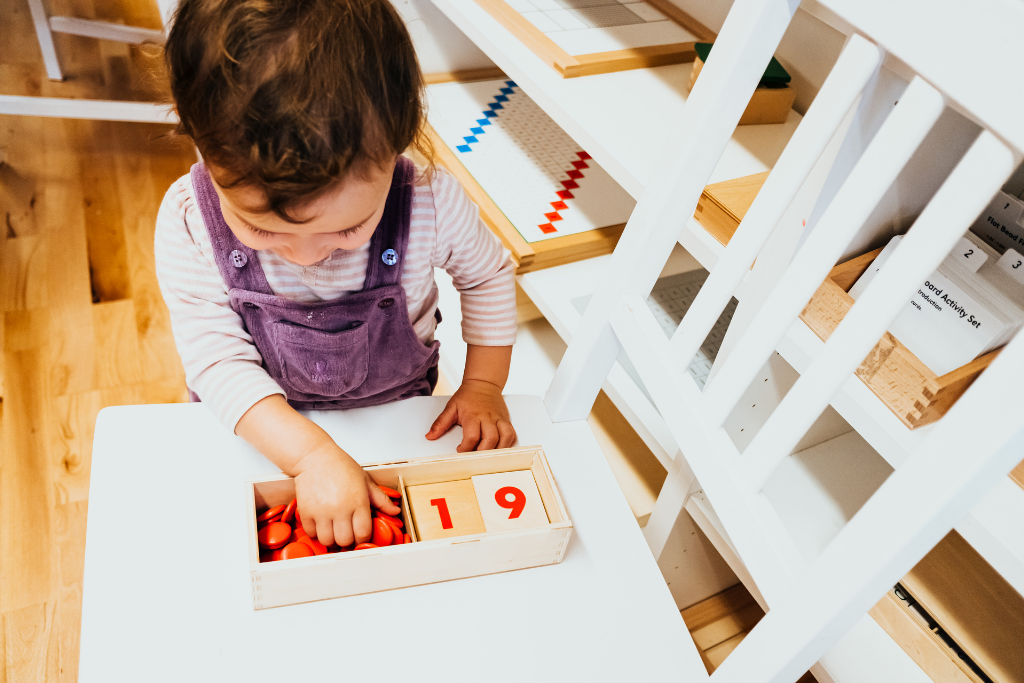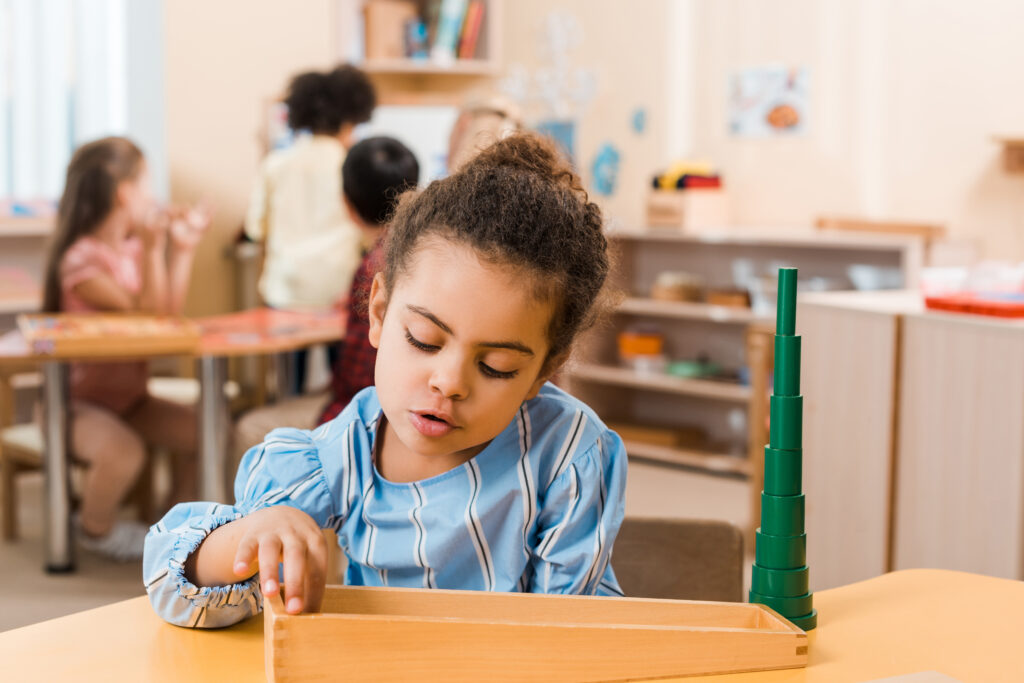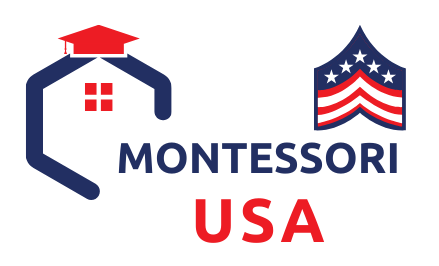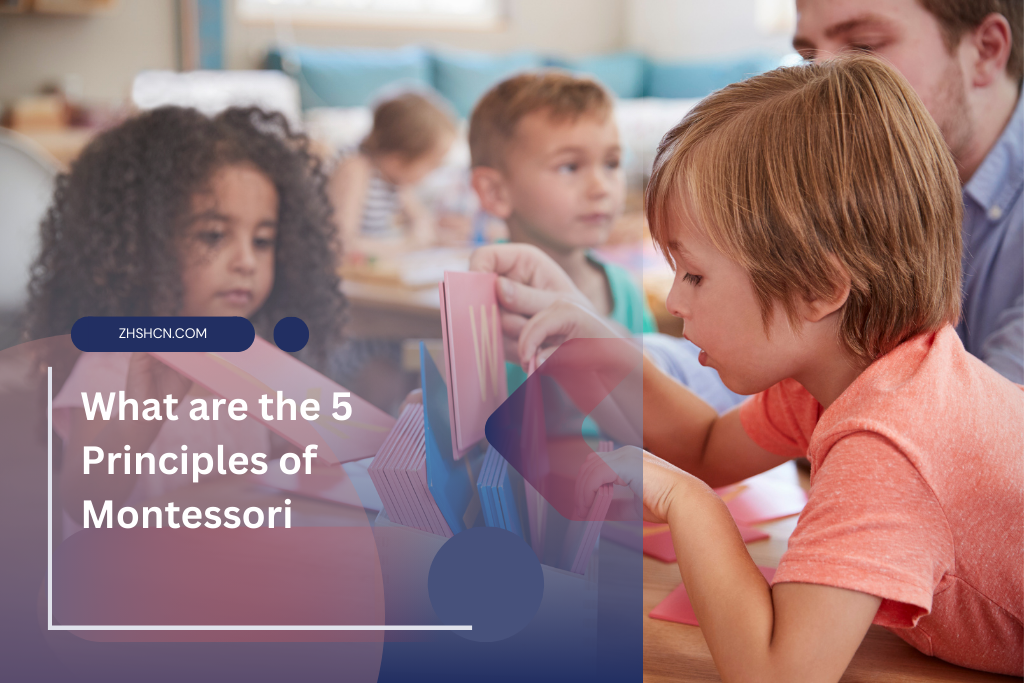Hey, fellow Montessori enthusiasts!
Ever wondered what fuels the magic behind Montessori’s unique approach?
Join me as we uncover the 5 principles of Montessori that have transformed my little one’s learning journey. Think of it as a compass to navigate the vibrant world where kids don’t just learn—they thrive!
Key Takeaways
- Montessori is a way of teaching that helps kids learn by doing things themselves.
- There are 5 main rules or principles in Montessori.
- These principles help kids become smart, happy, and good at solving problems.

Principle 1: Respect for the Child
What Does Respect Mean in Montessori?
In Montessori, respect is like a two-way street. It means that teachers and parents listen to kids, and kids listen to them, too. Everyone is important and has something good to say.
Realistic Analogy: It’s like when you’re playing a team sport. Everyone has a role to play, and everyone’s role is important.
For more insights, you can visit Montessori For Today.
Principle 2: The Absorbent Mind
How Do Kids Learn?
Kids are like sponges; they soak up everything around them. This is especially true for kids under 6 years old. They learn by seeing, hearing, and doing things.
Metaphor: The child’s mind is like a sponge, soaking up knowledge from the world around them.
You can read more about this principle at School Success Makers.
Principle 3: Sensitive Periods
What are Sensitive Periods?
Sensitive periods are like windows of time when kids are good at learning certain things. For example, kids learn to talk mostly between the ages of 1 and 3.
| Age Group | What Kids Learn |
|---|---|
| 0-6 years | Language |
| 2-4 years | Movement |
| 3-5 years | Sensory Skills |
For more details, check out Mindsplain.
Principle 4: Prepared Environment
What is a Prepared Environment?
A prepared environment is a place where kids can learn easily. It’s like a playground filled with learning toys and games. Everything is just the right size for kids.
Principle 5: Self-Education
Can Kids Teach Themselves?
Yes, kids can teach themselves. In Montessori, this is called “self-education” or “auto-education.” It’s like learning to ride a bike. Once you know how, you can do it on your own.
For a visual explanation, you can watch this YouTube video: What are the five principles of the Montessori method?
Additional Reading
When it comes to the 5 Montessori methods and techniques, it’s important to note that Montessori is not just about education but also about communication and life skills. The Montessori methods of communication involve encouraging children to express themselves freely and respectfully, which is part of the “Respect for the Child” principle.
Now, you might be curious about the 5 Montessori methods of persuasion and contraception. While these topics might not directly relate to Montessori education, the principles can be applied in various aspects of life.
For instance, Montessori methods of persuasion would likely involve logical reasoning and respectful dialogue, aligning with the Montessori focus on independent thinking. As for contraception, while it’s not a typical topic in Montessori education, the principles of self-education and informed choice could be applied.
In terms of the 5 Montessori principles used, these could refer to the practical applications of Montessori principles in real-world settings. For example, the 5 Montessori methods weight could refer to the emphasis placed on each of the five principles in a Montessori setting.
Lastly, the 5 basic principles of the Montessori method and the five principles of the Montessori method are essentially the same as the 5 principles we discussed earlier, just phrased differently. They are the foundation for all the methods and techniques used in Montessori education.

Frequently Asked Questions
What are the 5 Montessori principles?
5 Montessori methods are often used interchangeably with the 5 Montessori principles. These methods are the practical ways to apply the principles in real life. They include child-directed work, multi-age classrooms, and the use of Montessori materials. The goal is to help kids learn by doing things themselves, exploring their interests, and becoming more independent.
What are the 5 Montessori methods of training?
When discussing the 5 Montessori training methods, we refer to the specialized training that Montessori teachers undergo. This training is different from traditional teacher training. It focuses on understanding the child’s developmental stages, learning how to set up a Montessori classroom, and mastering the use of Montessori materials. Teachers are trained to observe children closely to understand their needs and interests. This way, they can guide the children more effectively in their learning journey.
What are the 5 Montessori methods of teaching?
The 5 Montessori teaching methods are the techniques that Montessori teachers use to help children learn. These methods are rooted in the 5 principles and include things like:
- Allowing children to choose their activities
- Providing hands-on learning experiences
- Encouraging self-directed learning
- Facilitating group activities to foster social skills
- Providing a prepared environment where children can explore safely

